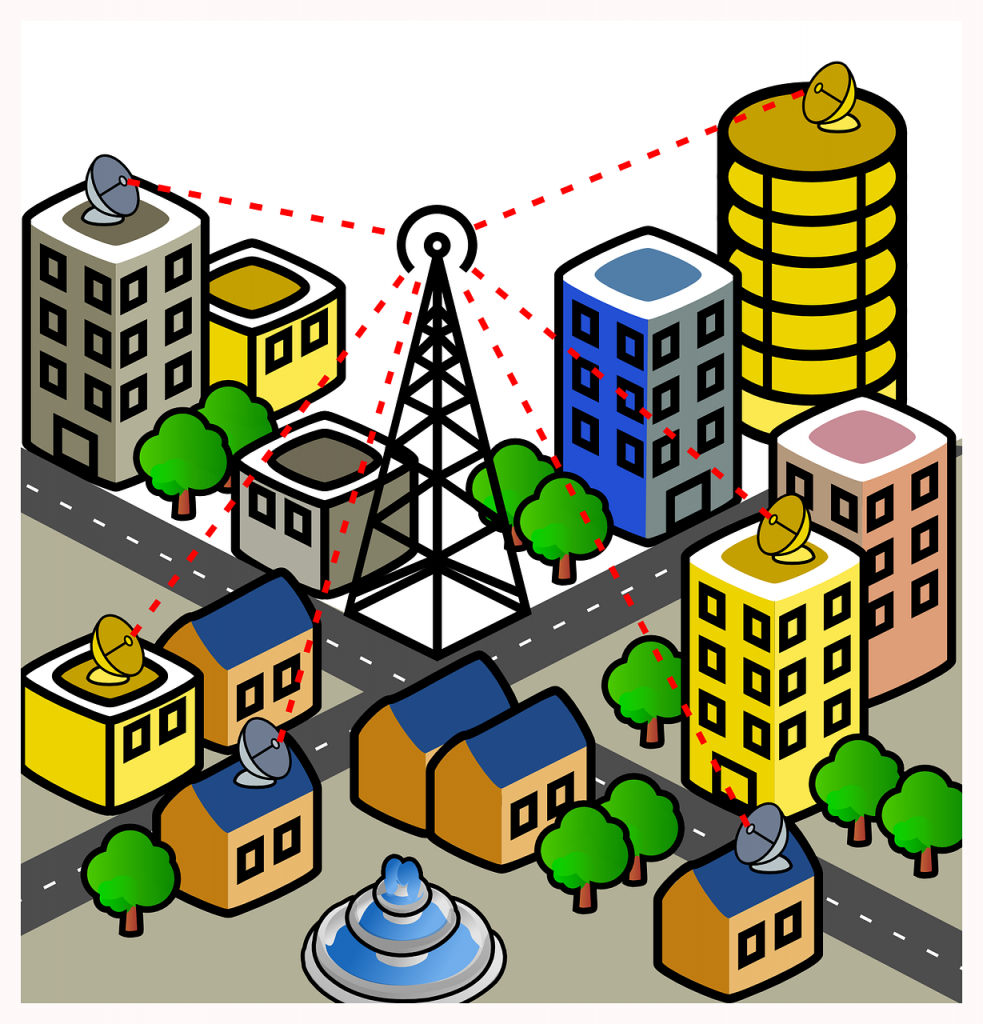The concept of a telco turning into a “techco” has been widely promoted over the last couple of years, to help telecoms firms more effectively win new business in the fields of cloud, artificial intelligence (AI), the Internet of Things (IoT), and digital transformation at enterprises. Business technology journalist Antony Savvas fears that one major telecoms incumbent may have moved backwards regarding its techco transformation.
BT has confirmed it is ending the forthright promotion of leading edge and “bleeding edge” digital business technologies through its free-standing Division X unit. It is instead transferring the unit to its business products team.

The move comes just a year after the launch of Division X amid much fanfare, ostensibly showcasing that BT realised it had to move with the times and use a nimble unit to react to fast-moving new technology opportunities.
Division X was promoted as a key plank to help the telco heavyweight to generate higher-margin business. It was supposedly going to react quicker and better to new digital opportunities, by working within ecosystems that consisted of niche players in the market, and also with other big technology players that did not directly compete with BT.
Industry verticals such as healthcare, transport and logistics were initially targeted by Division X, and it was expected to be a vehicle for launching “inorganic ventures” to help build up BT’s profits and margins, through being a “key growth engine” for the enterprise business.
Modus Operandi

If the modus operandi of Division X was right a year ago, one can only wonder what has changed in the minds of the BT leadership now. To illustrate the openings that Division X could exploit, we’ve had the whirlwind of what is generative AI, the ongoing exploration of the metaverse, and the rush to exploit the telco cloud at the edge, over the last 12 months alone.
Does anyone at BT really think that sticking Division X in “products” is going to inspire the brightest minds and the best developers in the market to want to work with BT, in bringing the new communications dawn to businesses and consumers?
Division X managing director Marc Overton will be leaving BT next month after specifically joining the firm from Sierra Wireless to lead the unit. Good luck to BT in recruiting any more top talent in the future, when it chooses to try anything else different outside its established (and low margin) plain old connectivity business.
In a statement, in response to any industry surprise at the move, BT says: “As part of creating our new business unit, we have doubled down on innovation by bringing Division X into the heart of our product team. This will enable us to build on its strong positioning in the market, and continue to help business and public sector customers unlock the benefits of technologies like 5G private networks, IoT, edge computing and others.”
Metaverse

While BT gets on in a way it sees fit, one of the areas that Division X may well have successfully targeted, seems set for growth.
Global consulting firm Kearney questioned 170 senior telecoms and consumer goods leaders across the European, North America and Asia Pacific regions, to measure their business expectations around the metaverse.
The research found that a quarter (25%) of European consumer goods and telco leaders expect to see the metaverse account for up to 20% of their revenues by 2025. By 2030, over half (52%) of them expect to generate this level of sales.
Only 10% of respondents in North America predict that up to 20% of their revenue will stem from the metaverse by 2025. But this figure rises to 45% of respondents predicting this level of sales by 2030.

Almost 85% of telecoms leaders and 65% of consumer goods heads agree that companies will need to expand into new markets and channels to ensure relevance in the metaverse space.
Eric Gervet, a partner at Kearney, says: “Companies that act now to develop a strategy for how the growth of the metaverse could impact their model will have a significant advantage over the competition in deciding which technologies, partnerships and investments will be necessary to access this revenue stream.”
Who knows, maybe they could launch a business unit like Division X to do it?
Shared technology?

Optical networking vendor ADVA is suing Huawei in a US court claiming the Chinese firm is overcharging for its patents.
ADVA claims Huawei is working with the Chinese government to “wrongfully dominate” the market for telecoms equipment, by refusing to license its patents on a “fair, reasonable and non-discriminatory” basis, as required by the International Telecommunication Union (ITU).
ADVA says it wants to license Huawei patents to comply with international standards for optical transport networks and data communications, but that Huawei wants it to pay “grossly excessive royalties”. It also claims Huawei has infringed its own patents.
Huawei has so far declined to comment on the lawsuit. But it will no doubt be thinking it is rather ironic that a US court is being tasked to judge on the patent issue, when itself is denied any access to large chunks of US technology for its own systems because of ongoing US government sanctions.
Who knows, maybe Huawei is playing a little unfair hardball around patent availability, but a little push back may have been expected in the face of being billed as an international business pariah in the West.
The author is Antony Savvas, a global freelance business technology journalist.







